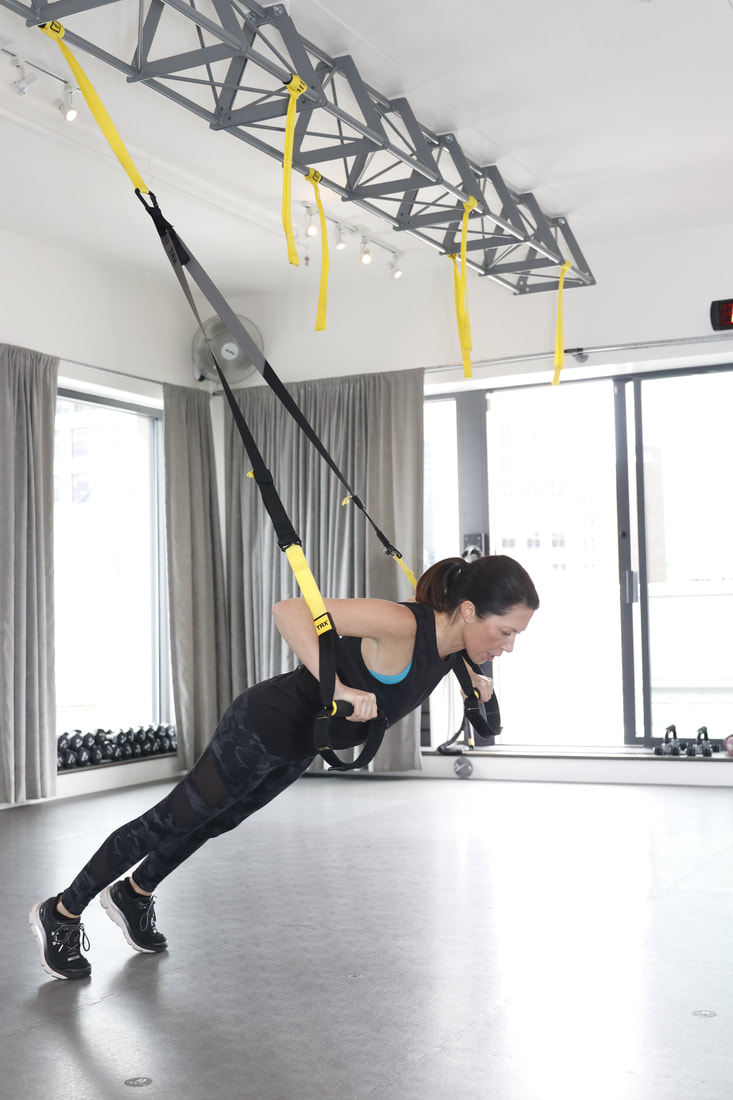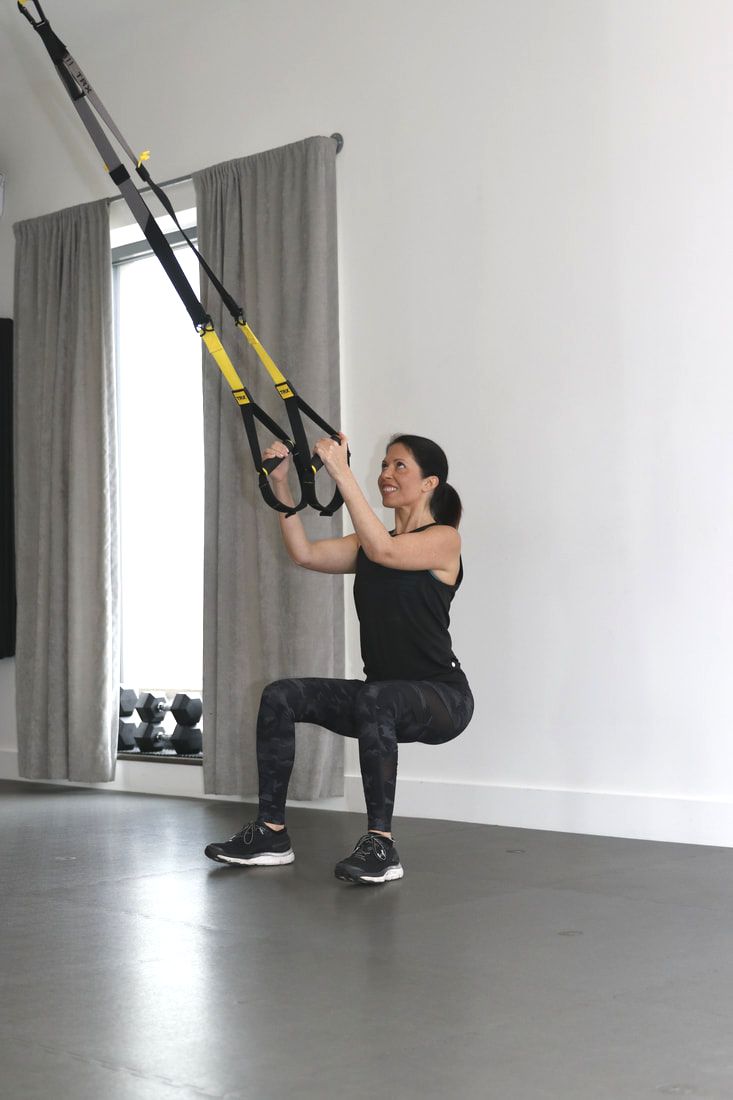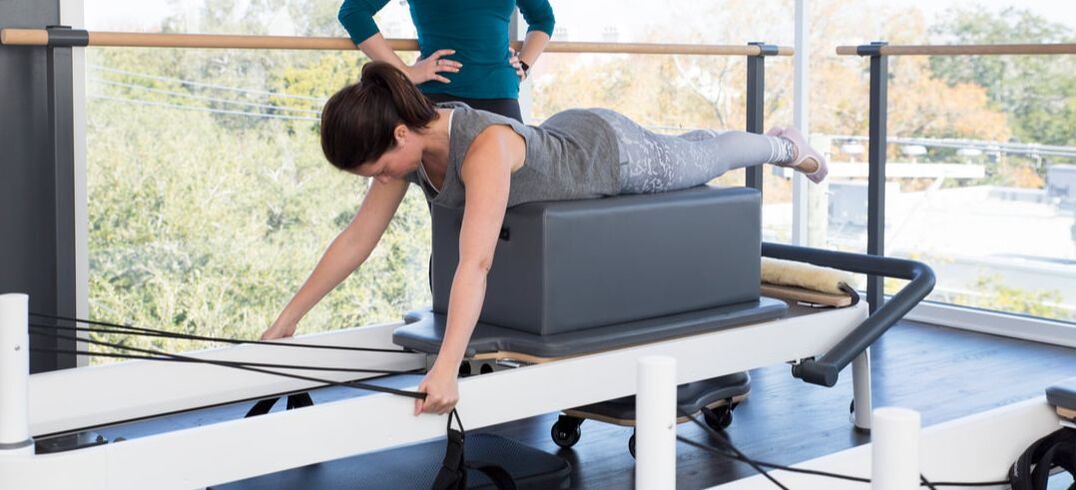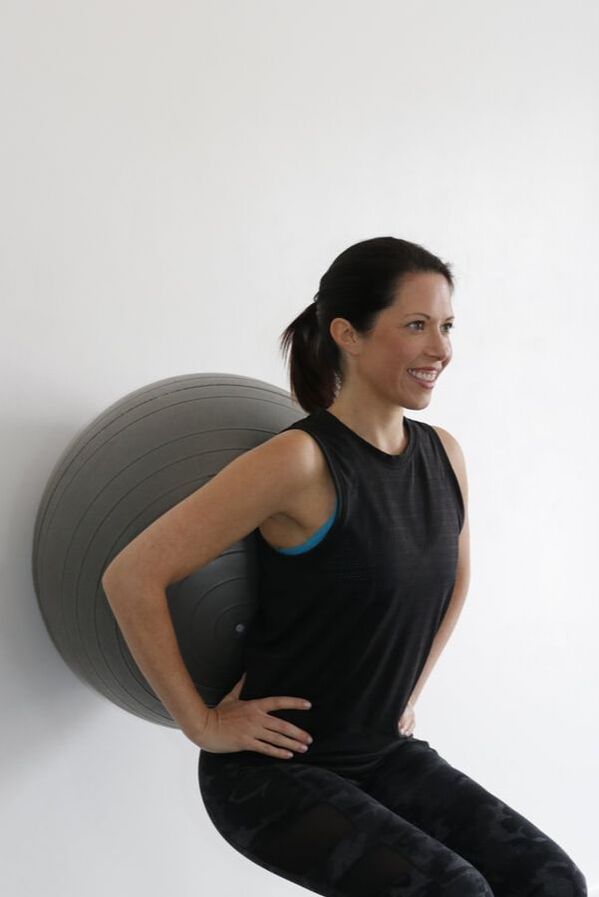|
Prevention is the best practice toward a long, healthy life--be it prevention of injury, inflammation or disease. As we age, our bone density embarks on a gradual decline and our muscle mass weakens, making us more susceptible to pain and discomfort, and in our elderly years: fractures and falls. Thankfully, this can be prolonged with proper nutrition and supplementation, regular exercise and a conscious lifestyle. Learn early signs of osteoporosis, common exercises, and how your bones can benefit from weight-bearing movement and resistance training. Osteoporosis, meaning ‘porous bone’, is a disease characterized by low bone mass and deterioration of bone tissue. 54 million Americans suffer from osteoporosis or low bone mass, according to the National Osteoporosis Foundation. Their studies suggest that approximately one in two women and up to one in four men age 50+ will break a bone due to the disease. COMMON SIGNS OF BONE DENSITY LOSS AND OSTEOPOROSIS
The National Institutes of Health (NIH) Osteoporosis and Related Bone Diseases attributes weight-bearing and resistance training as the two most effective forms of exercise for prevention of osteoporosis and loss in bone density. Exercises using the TRX trainer are excellent as you use the weight of your own body to work against gravity. Pilates exercises that focus on spinal extension and strengthening the muscles that support the spine improve posture, helping with bone strength. Resistance training also strengthens bones by promoting muscle mass and stability. TRX FOR STRONG BONES TRX Suspension Training is a great method of exercise for those looking to strengthen and protect bones, manage signs of osteoporosis, and safely integrate weight-bearing and resistance-based exercises in a sustainable way. According to TRX Sports Medicine professionals, this type of training increases tension on muscles and tendons which provides force on bones that promotes mineral density. Additionally, regular TRX training can help improve balance, coordination and gait, as well as core strength. Modifications can be easily made to accommodate any limitations or discomfort by simply changing foot placement and strap height/tension. PILATES FOR STRONG BONES Wolff’s Law states that bones become stronger in response to increased stress. To continue to build bone, the stress placed on it must be greater than the stress it has adapted to. Certain types of Pilates exercises gradually and carefully do just that by keeping the spine neutral while targeting the extensors in our back and the stabilizers in our pelvis and shoulders. Spinal extension exercises are particularly beneficial as they not only strengthen the back, but also encourage correct posture and alignment of the spine.
Exercise is one of the most effective measures you can take to build bone mass, improve posture and balance, and lessen the risk of osteoporosis. While certain people are more likely to develop osteoporosis than others, keeping up with an active lifestyle can optimize bone health and promote bone longevity. Longevity Living, an aspirational lifestyle blog by Longevity Fitness Charleston, is your source for all things fitness, nutrition and wellness. Be sure to subscribe to our weekly newsletter for scroll-worthy articles, must-watch videos from our expert trainers, studio updates & more.
3 Comments
8/9/2021 10:33:59 am
Hi Jennie - Thanks for this article! I have a diagnosis of Osteoporosis.....a bone density test coming up the end of the month - hoping for improvement considering my TRX classes, running, swimming, etc. - want to avoid medications if at all possible. Barbara Franklin
Reply
11/16/2021 10:22:48 am
My wife is concerned about getting osteoporosis, and she's not sure what to do about it. It's good to know that there are exercises that can be done to help promote bone strength! I'll make sure that she knows to try those out.
Reply
1/7/2022 12:53:45 am
Thanks for pointing out that osteoporosis is a disease characterized by low bone mass and deterioration of bone tissue. This is helpful because my mother has been suffering from osteoporosis as she sits for long periods of time at work. We are hoping to find treatment options on Monday to improve her quality of life.
Reply
Leave a Reply. |
AuthorWrite something about yourself. No need to be fancy, just an overview. Archives
July 2022
Categories |
|
THE LONGEVITY CLUB
163 Rutledge Avenue Charleston, SC 29403 Call: 843-720-2700 Text: 843-729-7897 [email protected] @longevityclubchs | @longevitykiawah For press inquiries, please contact: Julie Montgomery at [email protected] or Maria Castellano at [email protected] For general inquiries and support, please contact: [email protected] |





 RSS Feed
RSS Feed